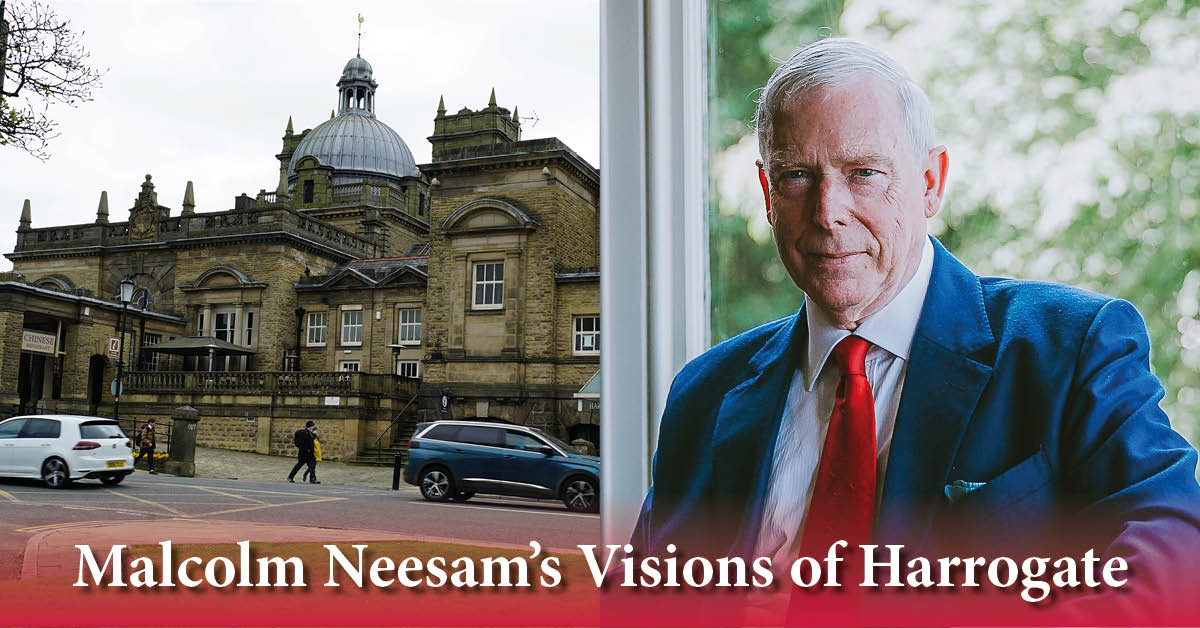Keeping in mind the importance of a vision for Harrogate’s future, the Stray Ferret asked Malcolm Neesam to come up with suggestions for making Harrogate more attractive to visitors and residents alike, regardless of cost or planning requirements. This is the third of three articles. Malcolm fully understands that his “visions” may not appeal to everyone, and he submits them as purely private dreams.
Vision 7: Royal Baths
With my unlimited budget and full planning control, my next vision involves the Royal Baths, and let me explain immediately that contrary to what some might guess, my vision does not consist of restoring the building as a working Spa, as I am not convinced the market for such an amenity exists in Harrogate today outside small, private luxury hotels.
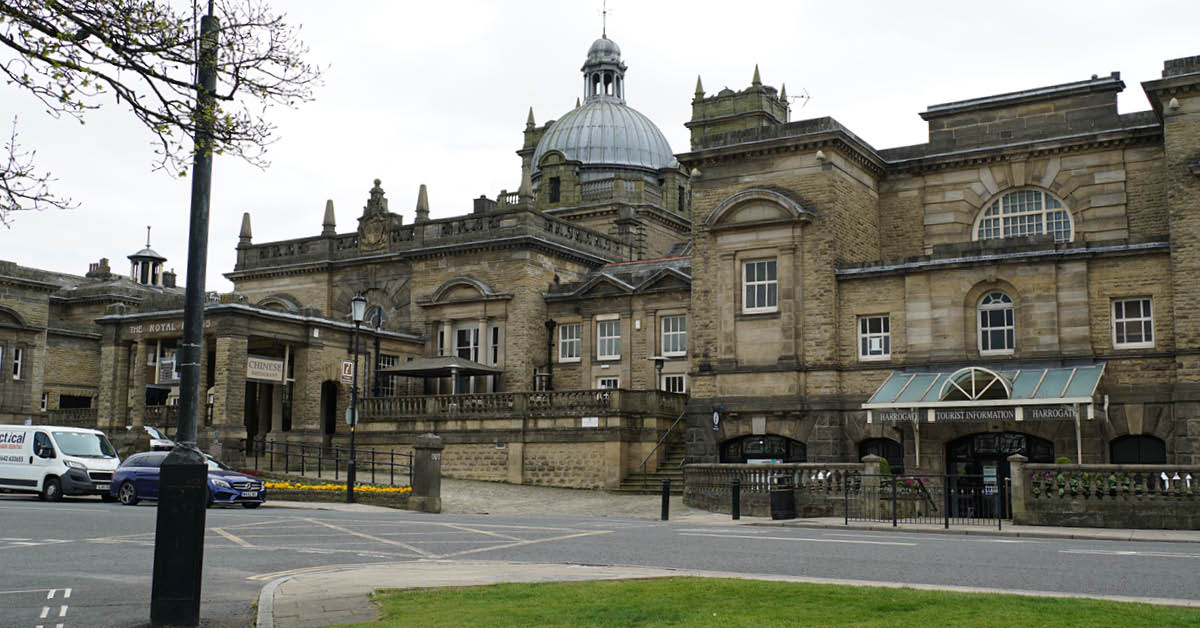
The Royal Baths should remain at the heart of Harrogate’s leisure and entertainment area.
Instead, I see the Royal Baths building as being at the heart of Harrogate’s leisure and entertainment area, and consequently, I would leave the bars and restaurants in the 1897 building intact. As for the former Lounge Hall, I would restore this as Harrogate’s ‘town’s hall’, or an assembly space for use by local groups, Mayor makings, school prize days, fashion shows, or simply as a place of assembly with refreshments still being available, but on a far reduced scale to the present situation.
It was, in my opinion, very wrong of Harrogate Borough Council to have disposed of the lease of this complex for such a long period when the place was built using public money for the whole community. But let that pass, as the centre-piece of my vision for the Royal Baths is outside the former Lounge Hall.
When the council allowed the block of flats known as “Royal Baths 2” to be built, it ensured it had an underground car park, yet for the adjoining site between the former Fountain Court and the road at Montpellier Gardens, it approved its conversion into a surface car park! This was a gross waste of one of the most valuable building sites in Harrogate. And to add to the bad decision, it allowed the lovely Fountain Court to be torn down in an act that provided for a mere nine cars. I would construct an underground car park here, and restore the Fountain Court, but giving it a glazed roof, so that it could be used throughout the year.
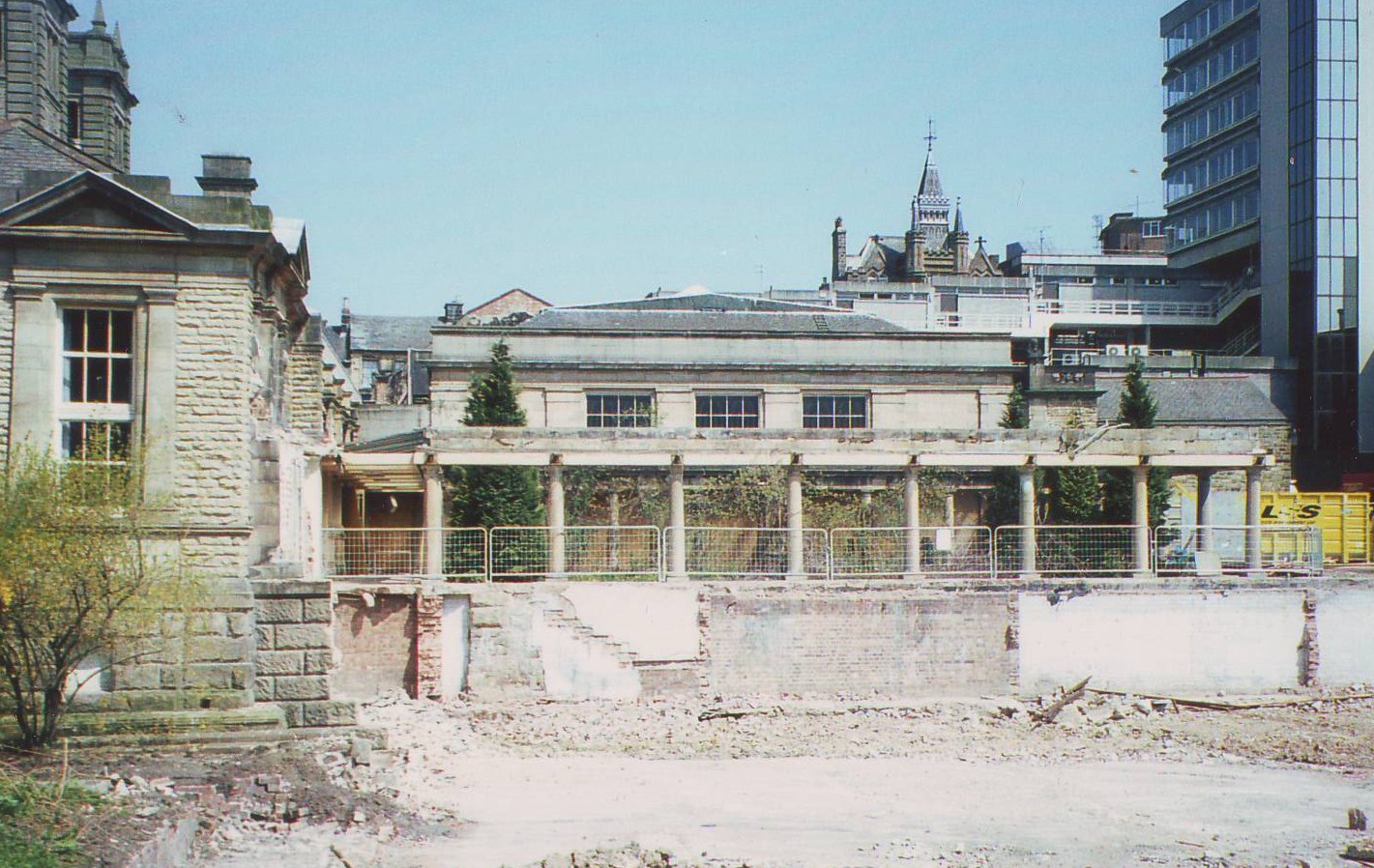
Fountain Court 2001: Walker-Neesam Archive
But my most ambitious work would be between the restored Fountain Court and Montpellier Gardens, where on the site of the long demolished New Montpellier Pump Room I would build a four-storeyed replica of an old Harrogate coaching inn, complete with galleried courtyard, which would be filled with whatever catering, accommodation and entertainment facilities the market was judged to require. It would need to be attractive and picturesque, to draw as many visitors as possible, and would be a major enhancement for the Montpellier and Royal Parade Quarters.
Vision 8: Prospect Square
The large urban space bounded by Cambridge and Prospect Crescents, St. Peter’s Church, the Yorkshire Hotel, and – across the busy road – the old Pier Head, certainly has as good a claim as any to be regarded as the heart of Harrogate.
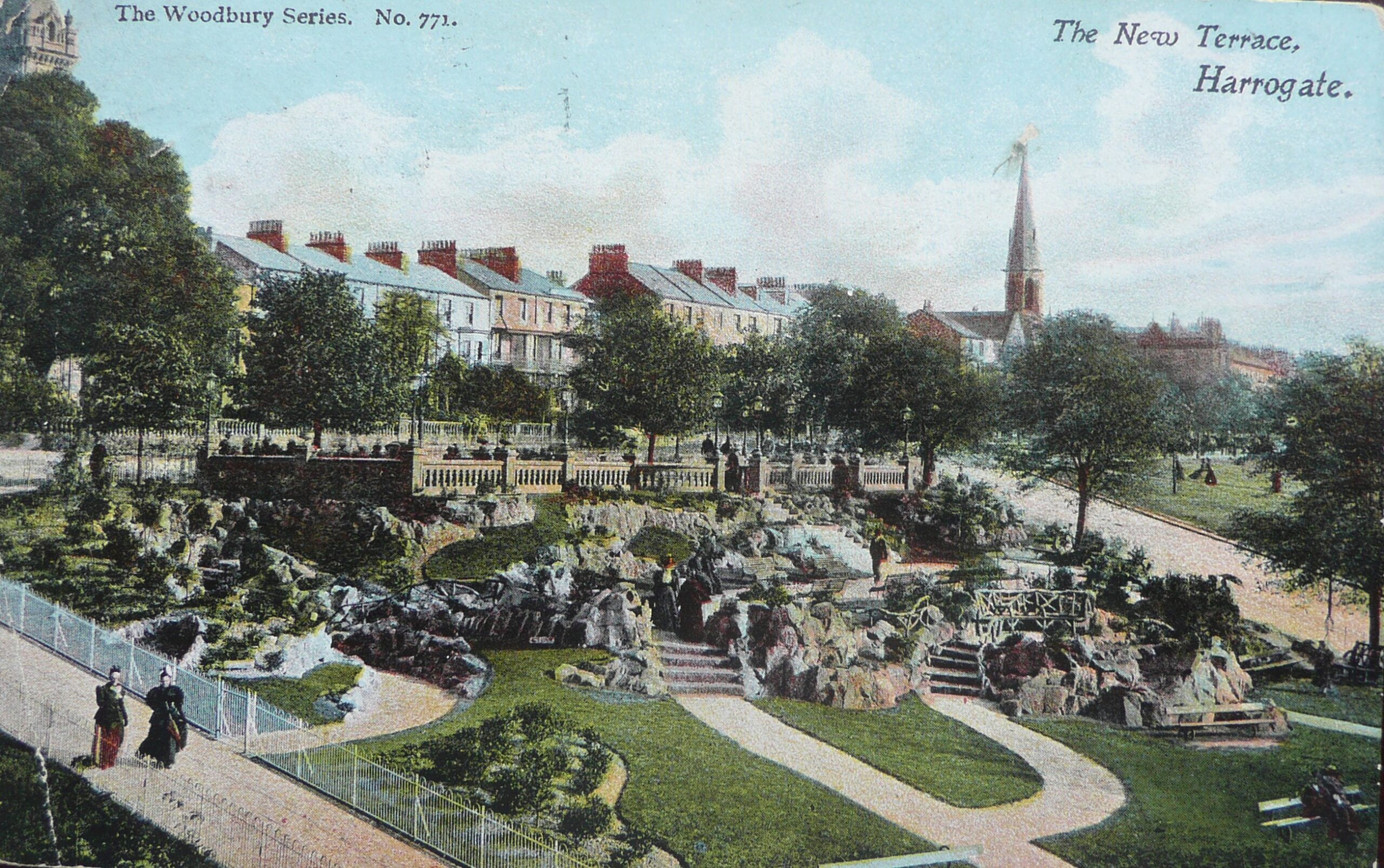
Pier head lavatories and terrace: Pic: Walker-Neesam Archive
As its last makeover came from the experimental pedestrian zones of the 1970s and 1980s, with little subsequent change, it makes a good candidate for the last of my series of visions for the future.
The first thing I would do, if I had unlimited funding and full planning control, would be to re-open the suites of underground lavatories at what is facetiously called Pier Head, which the council built on the Stray after the passing of the 1893 Harrogate Corporation Act. The location, opposite the junction of Prospect Place, James Street, Cambridge Street, Parliament Street and Montpellier Hill was perhaps the best site in the town for such an amenity. As this location was within 75 yards of Hopewell House (now Bettys) the 1893 Act required that it be built underground.
To comply with this requirement, the corporation removed soil from the crown of Montpellier Hill, built the lavatories, and covered them with the excavated soil, thus giving the impression of subterranean construction. Work does not seem to have begun until 1896, and progressed slowly, in that the brick structure was not ready to receive its disguising “ornamental rockery” until January 1897, when the council discussed tenders. On June 2, an advertisement appeared for male and female applicants who would be required to work from 9.00am to 9.00pm each day, including Sundays, at a wage of twenty shillings a week for the man and fifteen shillings a week for the woman.
These wonderfully constructed public lavatories remained in use for nearly a century, until the council, still reeling from the lamentable mishandling of the Conference Centre affair, took the frankly stupid decision to close them to “save money”. The power and water were disconnected, and the entrances filled in with soil. I am sure that 95% of the present council has no idea they are there. Given the wonderfully convenient location of the Pier Head lavatories, it would be sensible to restore and properly staff them, and this would be my first goal for this location.
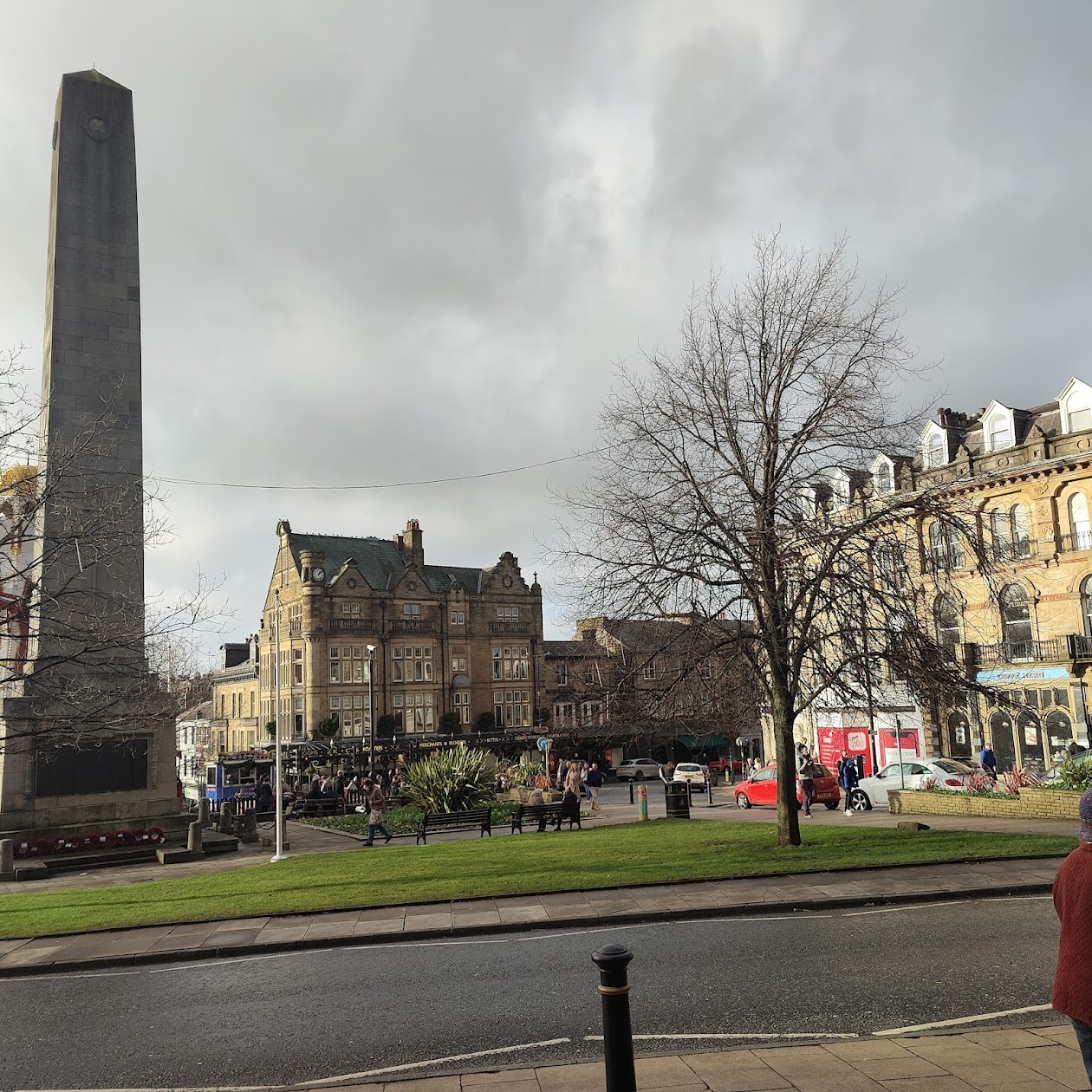
Prospect Square
Read more:
- Council accused of ‘trophy investment’ for £9m purchase of Harrogate’s Royal Baths
- Royal Baths Chinese Restaurant reveals plans to re-open
For the rest, I would close the short length of road in front of Cambridge Crescent, to link the central war memorial to the Crescent, and I would pay for a facsimile of Samson Fox’s sensational Water Gas candelabra. This was built by Fox as a demonstration piece for his water gas plant. It consisted of a “gigantic lamp of four tiers of branches, each branch have 12 double branch light, making a total of 48 brilliant lights”.
The Water Gas experiment was a great success, with Parliament Street lit to great effect, so much so that by autumn, the press reported visitors were coming from far and wide to see how the Mayor of Harrogate “had bottled the sun”. Despite the overwhelming brilliance of the Fox Water Gas candelabra, its energy consumption was enormous, so its modern use would have to be minimal. I would also floodlight the whole of Prospect Square and the War Memorial as – hopefully – an attraction for residents and visitors alike.

